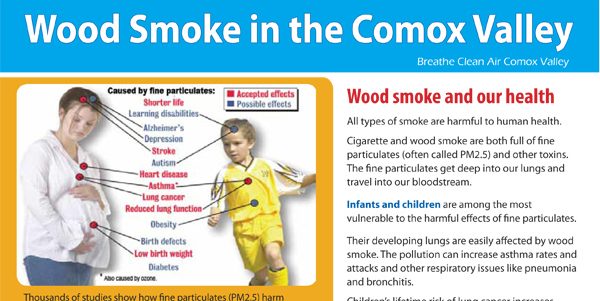5 Hazards of Air Pollutants to Your Health

Understanding the Impact of Air Pollution on Human Health

Air pollution is a significant concern worldwide, with the World Health Organization (WHO) estimating that it causes over 7 million premature deaths each year. The effects of air pollution on human health are vast and varied, ranging from mild respiratory issues to life-threatening conditions. In this article, we will explore the five major hazards of air pollutants to your health, highlighting the risks associated with each type of pollutant.
1. Particulate Matter (PM): The Invisible Killer

Particulate matter, also known as PM, refers to tiny particles suspended in the air. These particles can come from various sources, including vehicle emissions, industrial activities, and natural events like wildfires. PM is particularly hazardous because it can penetrate deep into the lungs, causing inflammation and damage to lung tissue.
- Health Risks: PM exposure has been linked to an increased risk of cardiovascular disease, respiratory problems, and even cancer.
- Sources: Vehicle emissions, industrial activities, wildfires, and construction sites.
2. Nitrogen Dioxide (NO2): A Respiratory Nemesis

Nitrogen dioxide is a common air pollutant emitted by vehicles, power plants, and industrial processes. NO2 can exacerbate respiratory conditions like asthma and chronic obstructive pulmonary disease (COPD).
- Health Risks: NO2 exposure can lead to respiratory problems, including coughing, wheezing, and shortness of breath.
- Sources: Vehicle emissions, power plants, industrial processes, and agricultural activities.
3. Ozone (O3): The Ground-Level Menace

Ground-level ozone is formed when nitrogen oxides and volatile organic compounds react with sunlight. O3 can cause respiratory issues, even in healthy individuals.
- Health Risks: Ozone exposure can lead to coughing, throat irritation, and lung inflammation.
- Sources: Vehicle emissions, industrial activities, and natural sources like vegetation.
4. Carbon Monoxide (CO): The Silent Killer

Carbon monoxide is a colorless, odorless gas emitted by vehicles, generators, and faulty heating systems. CO can bind to hemoglobin in the blood, reducing oxygen delivery to vital organs.
- Health Risks: CO exposure can lead to headaches, dizziness, and even death in extreme cases.
- Sources: Vehicle emissions, generators, faulty heating systems, and industrial processes.
5. Volatile Organic Compounds (VOCs): The Indoor Air Pollutants

VOCs are emitted by various products, including paints, cleaning supplies, and pesticides. These chemicals can cause a range of health issues, from mild irritation to severe respiratory problems.
- Health Risks: VOC exposure can lead to eye, nose, and throat irritation, as well as headaches and allergic reactions.
- Sources: Paints, cleaning supplies, pesticides, and building materials.
Reducing Your Exposure to Air Pollutants

While air pollution is a complex issue, there are steps you can take to minimize your exposure:
- Use air purifiers: Installing air purifiers in your home can help remove pollutants from the air.
- Avoid heavily polluted areas: Try to avoid areas with high levels of air pollution, especially during peak hours.
- Wear protective gear: Wearing masks or respirators can help filter out pollutants when working or exercising outdoors.
- Support clean energy: Encourage your government to adopt clean energy policies and support companies that use renewable energy sources.
🚨 Note: Always consult with a healthcare professional if you experience any symptoms related to air pollution exposure.
As the world grapples with the challenges of air pollution, it is essential to understand the risks associated with each type of pollutant. By taking proactive steps to reduce our exposure and supporting clean energy initiatives, we can work towards a healthier, more sustainable future.
What is the most common air pollutant?

+
Particulate matter (PM) is the most common air pollutant, with sources including vehicle emissions, industrial activities, and natural events like wildfires.
How can I reduce my exposure to air pollutants?

+
You can reduce your exposure to air pollutants by using air purifiers, avoiding heavily polluted areas, wearing protective gear, and supporting clean energy initiatives.
What are the health risks associated with ozone exposure?

+
Ozone exposure can lead to respiratory issues, including coughing, throat irritation, and lung inflammation.



